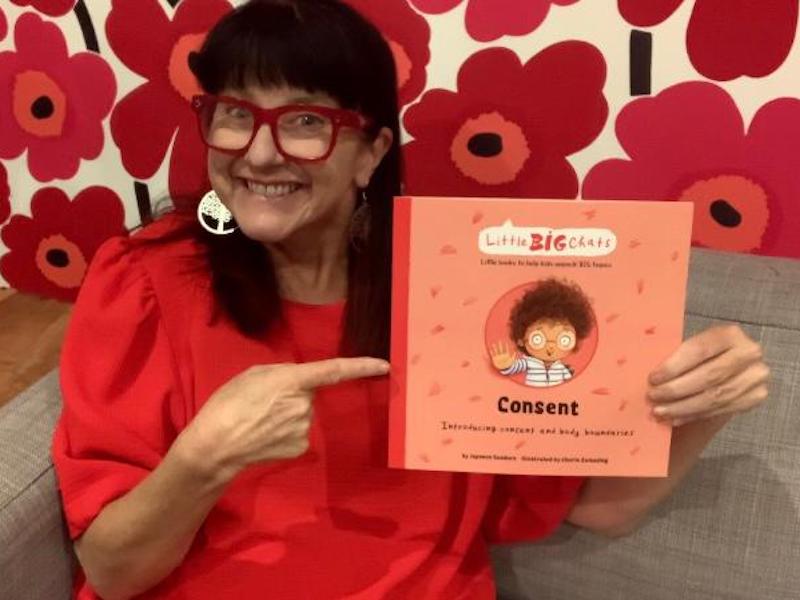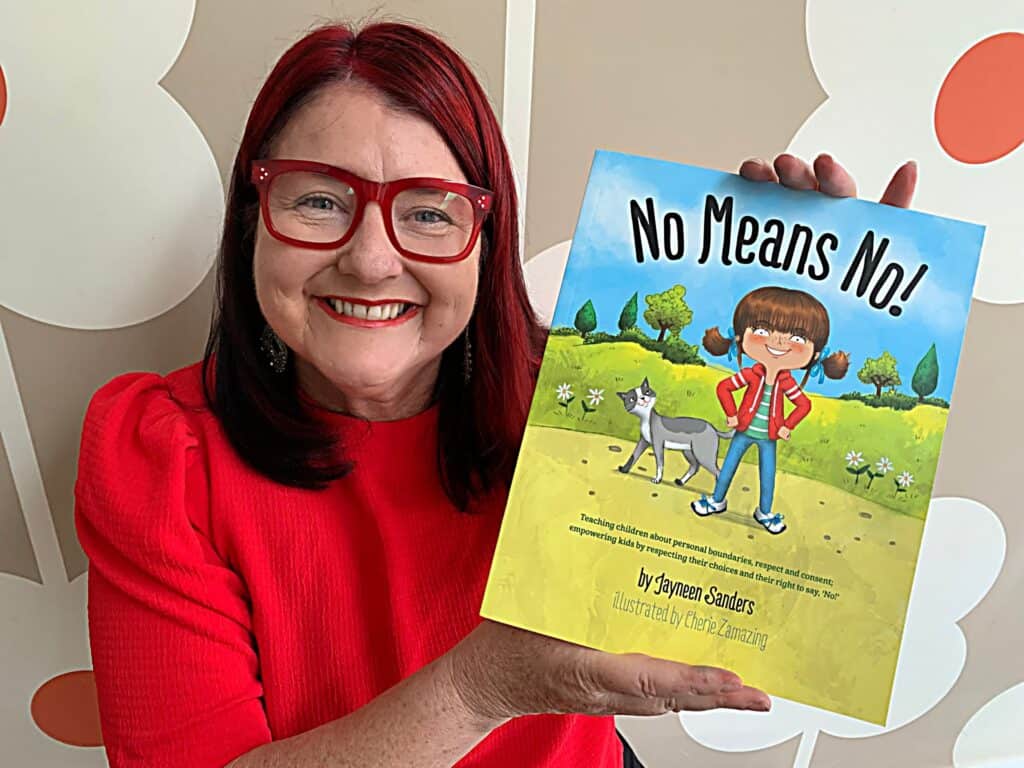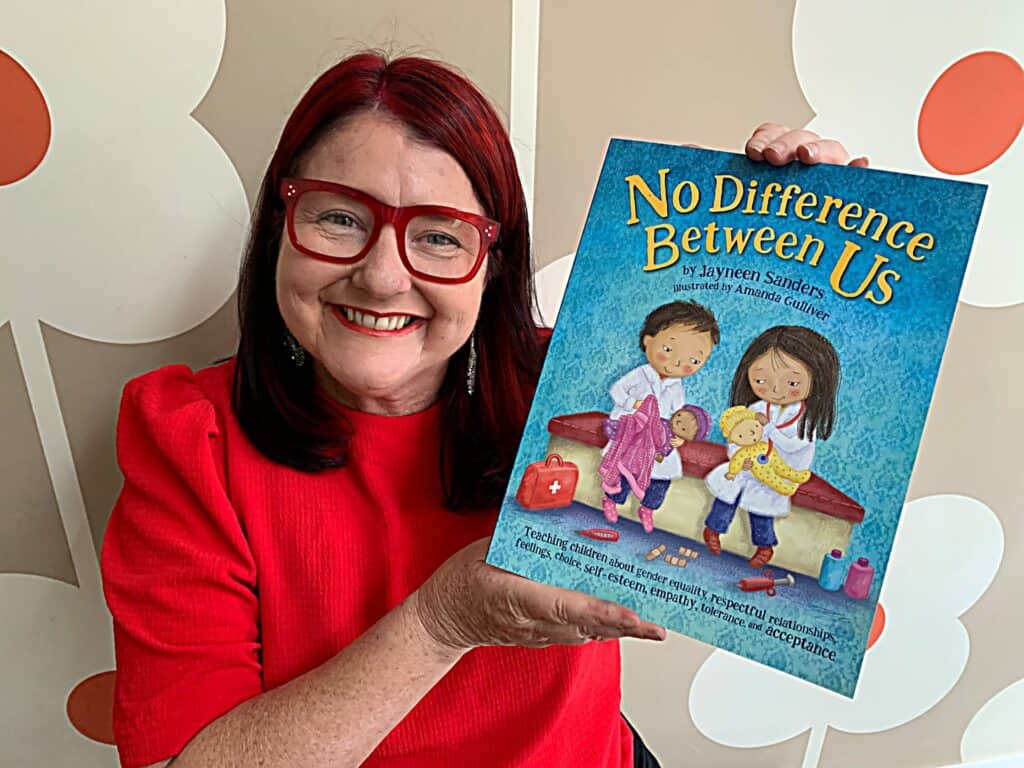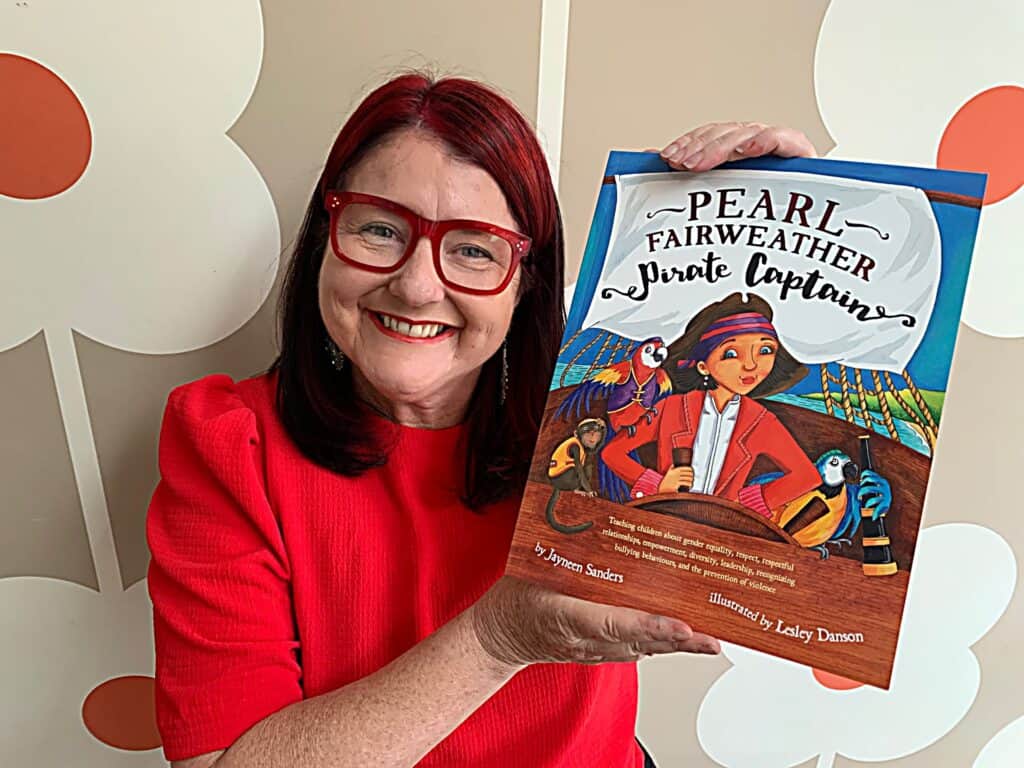Every Child in Every Community Needs a Fair Go
It’s ‘National Child Protection Week’ in Australia and the theme is ‘Every Child in Every Community Needs a Fair Go’. This statement applies to all children everywhere. The fact is that child abuse is preventable and that we can all make a difference by teaching our kids some very practical ideas.
As NAPCAN says ‘Children and young people thrive when they grow up safe, connected and supported in their family, community and culture. They have the right to grow up in environments that support them according to their needs, now and into the future. This year let’s talk about how we create a supportive environment for every child.’
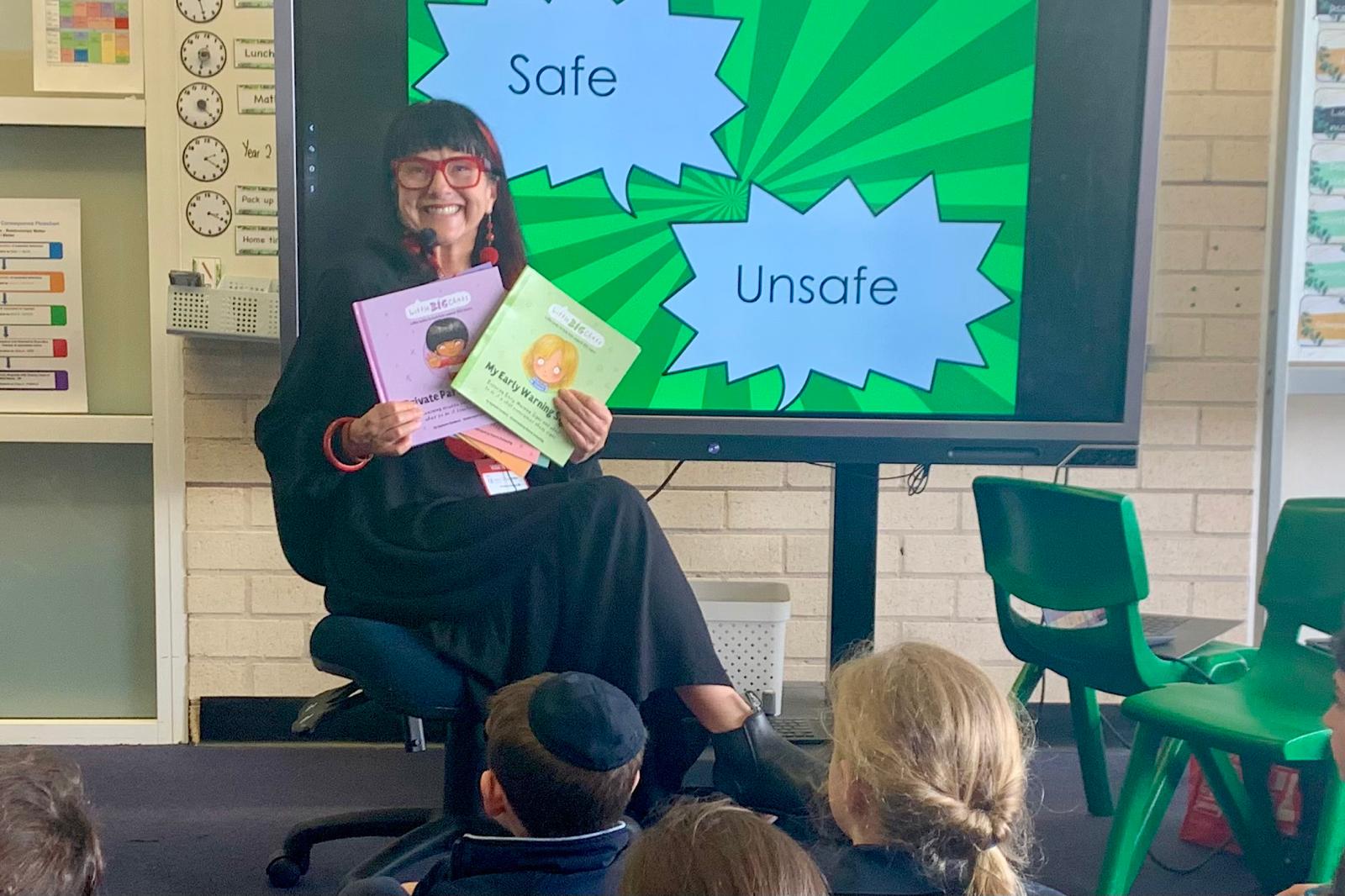
Body Safety Tips by Jayneen Sanders which all parents, carers and educators should know
Jayneen Sanders, a renowned author of many child protection books and friend of mine has been an advocate for Child Protection Education for many years.
Jayneen has given me her permission to share these Body Safety Tips for parents, carers and educators about how to keep your kids safe. Here they are:
1 - From the earliest of years, encourage your child to talk about their feelings.
This way they will learn from a young age how to express, manage and understand their emotions. Allow time for them to tell you exactly how they are feeling, and listen with empathy and intent. Provide a ready bank of ‘feelings’ words beyond ‘happy and ‘sad’.
2 - Talk about feeling ‘safe’ and ‘unsafe’.
Children find it hard to distinguish between the two. It is important they understand what it is to feel ‘unsafe’, so if ever they are feeling this way at any time, they can talk to you or another trusted adult straightaway.
Explain that our body is amazing and when it feels ‘unsafe’ it always lets us know, for example, we might feel sick in the stomach or our heart might beat really fast. Tell your child that these are called their Early Warning Signs.
Reiterate that if your child does feel any of their Early Warning Signs, they need to tell a trusted adult straightaway. Draw a body shape with your child and label their Early Warning Signs and discuss.
Tip: Click here to read my blog about why we should use the words safe and unsafe vs good and bad.
3 - Allocate time for your child to choose their trusted adults.
Allocate time for your child to choose 3 to 5 trusted adults that they could tell anything to, and they would be believed. These people are part of their Safety Network. One should not be a family member and all should be easily accessible by your child.
Draw a large outline of a hand and have your child draw a picture of each person on their Safety Network. Add labels and phone numbers. Note: ensure you talk to these adults and let them know your child has chosen them and it is an honour.
Tip: Click here to download my safety network star (and more free resources).
4 - Explain to your child that everyone has a body boundary.
This is an invisible space around their body. No one should come inside their body boundary without them saying it’s okay (consent). Your child has the right to say ‘No’ to kisses and hugs if they want to. They can always give a hi-five or blow a kiss instead. Have your child outline their body boundary.
5 - Respect another person’s body boundary.
Teach your child to respect another person’s body boundary also, and that they need to ask for consent before entering it. That means, for example, if they want to hold another child’s hand, they need to ask permission. And if that child says ‘No’, they need to respect and accept that child’s wishes. Explain also that just because a person may say ‘Yes’ to handholding or a hug, consent can be withdrawn at any time.
6 - Practise the empowering stance regularly
Have your child practice the empowering ‘pirate stance’, that is, hands on hips, legs slightly apart, shoulders thrown back and head held high. This is a very empowering stance and should be practised regularly.
Once in the stance, your child can also practice saying ‘No’ or ‘Stop! I don’t like that!’ Both these phrases are useful in bullying situations and also if anyone does try to touch their private parts. If your child can do this at 4 or 5 years old, then there is a good chance they will be able to do this at 13 or 14, and into adulthood.
7 - Ensure our kids know their private parts
From day one, call your child’s genitals by their correct names. Ensure your child knows that their private parts (including the mouth) are private. Explain that private means ‘just for you’. Tell your child that if anyone touches their private parts, asked them to touch their private parts or shows them pictures of private parts, they need to tell a trusted adult straightaway! They also have the right to say ‘No!’ or ‘Stop’ before alerting an adult on their Safety Network.
At this point, talk about ‘public’ and ‘private’ places, for example, the kitchen is a public space but the bathroom is a private space. Ensure your child knows the difference. Let them know that it is perfectly okay for them to touch their own private parts in a private place such as their bedroom.
8 - Tell our kids about secrets and surprises.
Talk about the difference between secrets and surprises, that is, secrets can be asked to be kept for a long time, whereas surprises will always be told and are only kept for a short time. Discourage the keeping of secrets in your family.
Explain that your family has ‘happy surprises’ instead of secrets because happy surprises will always be told. Explain that if someone does ask them to keep a secret, they should tell that person that they don’t keep secrets. Reinforce that if someone does ask your child to keep a secret that makes them feel unsafe or uncomfortable, they must tell an adult on their Safety Network straightaway!
A few final hints!
Decide on a ‘family word’, for example, ‘pickles’ so if your child is somewhere without you, and they feel unsafe, they can ring and say ‘pickles’ which will alert you to the fact that they feel unsafe and need to be collected immediately.
Educate yourself in Body Safety; this includes signs of child sexual abuse and the grooming process.
Encourage your child’s school to teach Body Safety!
Jayneen Sanders is an author, teacher, mother of three and an advocate for the empowerment of children. Her books on Body Safety, consent, gender equality, and emotional and social intelligence can be found at www.e2epublishing.info and Amazon.com and Amazon.com.au.


